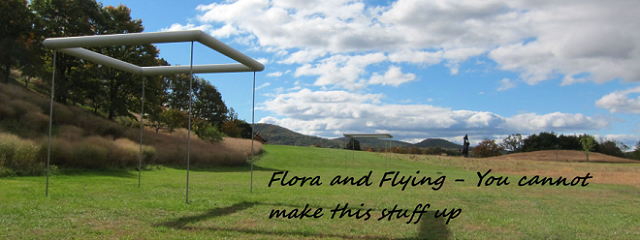I have been rejoicing over plums this year. There is a big plum tree that overhangs the ppatch wall. I have no idea on the variety, all I know is that the plums start in early July and they are red on the outside and red on the inside. They taste like a plum - tangy and sweet. I have yet to find a plum tree to plant that has the same characteristics. With the plums we picked day aft
er day - windfalls mostly and some off the tree, not trying to be too greedy, we made plum jam to mix into yoghurt and have slathered on toast come January.
The ubiquitous Italian prune which seems to drop its beautiful blue/grey fruits this time of year is another plum that I can do without when fresh - a bit astringent when under ripe and mushy when ripe. Not a flavor or texture that works for me - but oh, my my oh my when combined with apple for chutney or made into a plum sauce for meats - it transforms itself to a much nobler fruit. Blessedly at least six people you know have a tree in their back yard and will be happy to part with their fruit in exchange for a jar of chutney. I won't even go into the myriad of recipes for plum cakes that will use up the excess . Much like zucchini - many have been the victims of a drive by pruning.
Last weekend at the farmer's market, I saw Damson plums for the first time in a long time. This is a plum that has definitely fallen out of favor in the past generation. I can't blame you for not loving them - they are tiny, the pit versus flesh ratio is high and they are very astringent. However, with a bit of lemon juice, some sugar and time, you can create something that will bring you back to fall sometime in January.
Damson plum jam - makes approximately 4 pts
2 lbs damson plums
3 cups sugar
juice of one lemon
If you are patient, you can pit each plum.
If not, place plums in a heavy non reactive pot - I used Le Creuset with an enamel interior and cook until plums are soft - approximately 10 minutes, be careful to keep the heat even and low and check to make sure the plums aren't sticking.
Once soft and easy to pit, remove from heat.
Place softened plum into food mill or into sieve to remove the seeds. Collect plum puree and place into non reactive pan.
If you are patient and have pitted the plums by hand, pat yourself on the back with your sticky plumy hand and place the pitted plums into a non reactive heavy pot and heat under low heat until plums are soft. Stir often to prevent sticking and burning.
You can now use your food mill to remove the skins, but don't bother.
Add 3 cups of sugar and the juice of one lemon to the plum puree. Stir until mixed and heat under low to medium heat -stirring frequently to prevent sticking until jam starts to thicken - approximately 20 minutes, the mixture will come to a boil. When it has reached the desired thickness, remove from heat and let sit for a few minutes. Skim off any foam.
Place into hot jars - process in a boiling water bath for 15 minutes.
Eat within two years.
